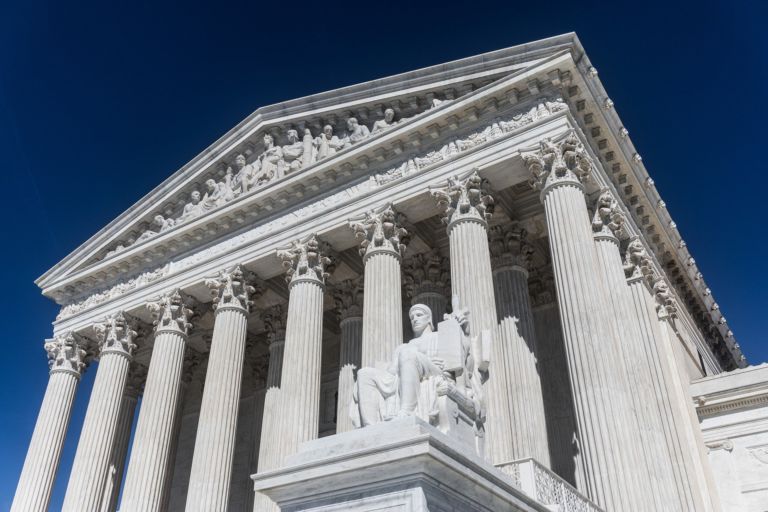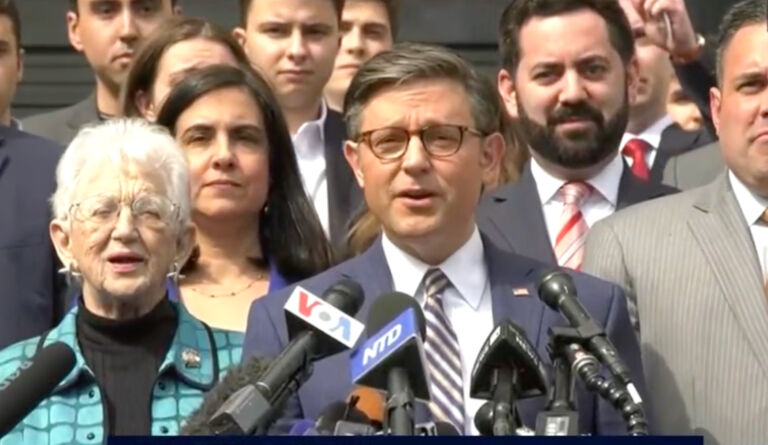Weekly John Locke Foundation research division newsletter focusing on environmental issues.
The newsletter highlights relevant analysis done by the JLF and other think tanks as well as items in the news.
1. Al Gore invented the internet, and the Obama Administration gave us the Lexus hybrid
What is it with Democrat politicians and their willingness to make claims about themselves and their policies that are easily proven to be absurd? Here’s the latest claim from the Obama camp as delivered by Transportation Secretary Ray LaHood.
I don’t think the car manufacturers would be manufacturing the cars they are manufacturing today as hybrids, if it weren’t for what the president did in signing the executive order and what Lisa and I have done over the last three and half years about developing C.A.F.E. (Corporate Average Fuel Economy) standards for automobiles and light trucks that will get 54.4 miles per gallon by 2025.
I think we have jump started the ability, When you see now a Lexus hybrid, no one would have ever predicted that 2 years ago.
Here’s the problem. Lexus began making its first Hybrid, an SUV, in 2004, and it was off and running in a big way by 2005. The Lexus hybrid sedan got revved up in 2006. As CNSNews.com notes, in case we need reminding (because apparently LaHood does);
President Obama signed the order for the federal government to raise fuel standards for cars and trucks in May 20, 2010.
According to his biography on the Department of Transportation web site, Ray LaHood became the 16th Secretary of Transportation on January 23, 2009. Before that LaHood was a Republican member of the House of Representatives from Illinois.
2. When it comes to the new (and old) Duke Power CEO Jim Rogers, the enviros’ favorite song is The Sounds of Silence
Here we are. The big news of the last couple days, in the Carolinas and nationally, has been the apparent power grab by Jim Rogers in taking control of the new combined Duke Power and Progress Energy. Jim Rogers has been the head of what has been one of the largest government protected monopolies in the country. And, more relevant to the environmental movement, it is a monopoly that has been heavily dependent on coal-fired electricity for its profits. Yet, the environmental movement is uncharacteristically staying away from injecting itself into this controversy involving what they must consider to be one of the nation’s worst polluters. So why would this be? The answer is found in this article from The News and Observer. Referring to Duke’s CEO, it comments:
Rogers’ green credentials seem at odds with his position as a utility executive who oversees one of the nation’s largest fleets of coal-burning power plants. He sits on the boards of the World Business Council for Sustainable Development, Institute for Electric Efficiency, National Action Plan for Energy Efficiency, Alliance to Save Energy, Aspen Institute and Duke University’s Nicholas Institute for Environmental Policy Solutions.
In addition, Duke Power was in complete support of North Carolina’s Clean Smokestacks bill back in 2002 and the state’s Renewable Energy Portfolio Standard, which became law in 2007. Of course, both of these bills allowed Duke to pass on the costs of the legislation to rate-payers. Both the company and Rogers have also been strong advocates of carbon taxes. And besides sitting on the board of Duke University’s Nicholas School, which is nothing more than an academic front group for the environmental movement, Rogers has given them millions of dollars of Duke Power’s revenues over the years.
3. Ozone Report
The heat this week has once again generated an inordinate number of high ozone readings.
The 2012 ozone season began on April 1, and each week during the ozone season this newsletter reports how many, if any, high ozone days have been experienced throughout the state during the previous week, where they were experienced, and how many have been recorded during the entire season to date. The ozone season will end on October 31st. All reported data is from the North Carolina Division of Air Quality, which is part of the state’s Department of Environment and Natural Resources.
During the period July 2nd to July 8th, there were 29 reported high ozone readings over 6 days on monitors across the state. The greatest number of high ozone readings over the 6-day period were recorded in Mecklenburg County with 6 high ozone readings registered on the county’s 3 monitors. Since the beginning of the ozone season, there have been 104 high ozone readings on North Carolina monitors.
Click here for the Environmental Update archive.


